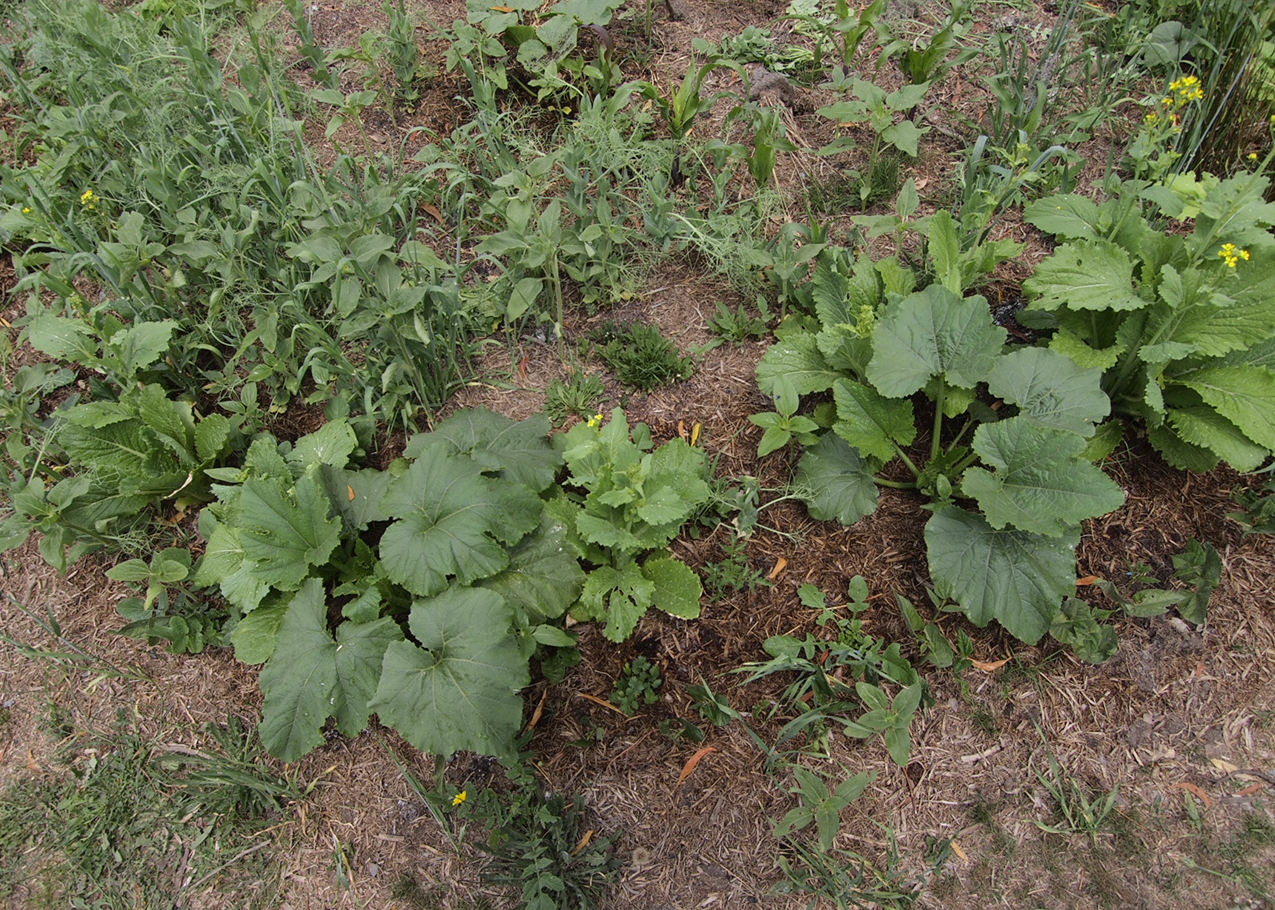posted 4 years ago
Hi Kate!
I’m excited to find your post, and also your blog link, as I too am a great fan of Linda Woodrow and her awesome systems.
How has it been going for you after a year? Are you still working on the same system, or have you adapted it further? Also, about how big are your beds?
I’m currently trying to design an adaptation of the Woodrow system as described in The Permaculture Home Garden (a 12 bed rotation where the chooks move every 2 weeks) to suit the location I’m in. Despite being on almost 2 acres, I just don’t have enough space for that many beds without clearing trees, which I don’t want to do. So, I’m working around the trees, on a south facing slope (in the Southern Hemisphere, so its the shaded slope), and also in an area where any plants have a lot of pressure from Kangaroos, possums, wombats, cockatoos and other parrots etc.
So, because of all this I’m looking at creating 6 beds of approximately 4m diameter, that are enclosed in fox proof/snake proof mesh up to about 2m high (on star pickets) with a tee tree pole dome over the top (we have lots of very tall tee tree) covered in larger chicken wire or preferably a heavy weight netting (so long as the birds can’t get tangled in it).
The idea is that I will move the chickens from one ‘roundhouse’ (as I’m calling them) to the next every month, and each one will keep the chooks in (when they’re in there), and everyone else out (all the time).
So the chooks and produce are both protected.
This is similar to the design Linda Woodrow is using now (info via her blog), as she had to stop using a moving chook dome due to the resurgence of native animals on her property after many years of restoring the forest. She just couldn’t compete for the harvest. I Also like the idea of only moving the chooks monthly as it allows me to plant to a lunar calendar. And I’m not sure I’ve got the capacity to manage planting out every fortnight!
We have quite a few dead trees to clear up, are on very poor clay (little top soil- the area was mined for gold) and are on a slope, so I’m thinking of putting the wood down on the beds first as a bit of a mini Hugel, and also to level it up a bit. Sort of like you do with a keyhole garden - wood down the bottom, then layer browns and greens. Ive got A LOT of leaves, and access to horse manure. So I’ll make the beds raised on all that, with wood chip pathways down the middle and plant it out with chook weeds (dandelion, chick weed, milk thistle, plantain, kale etc) and let the girls work it over a couple of times before I put in seedlings.
At least, that is the plan!
I guess it depends on how hard it ends up being to put those low hulgel chook roundhouses together.
Anyway, so that’s my project at the moment, and I just wanted to share my particular adaptation!
Thanks for the info on the tarp cover to keep the chickens dry and happy. That’s the bit I’m most worried about, but I gather I can move the tarp to the next roundhouse when I move the chooks. We’re in a temperate climate here but it does get frosty in winter and roasting in summer (and sometimes also randomly cold in summer and hot in winter just to keep things interesting).
Cheers, Caitlin.

 4
4























 3
3

























